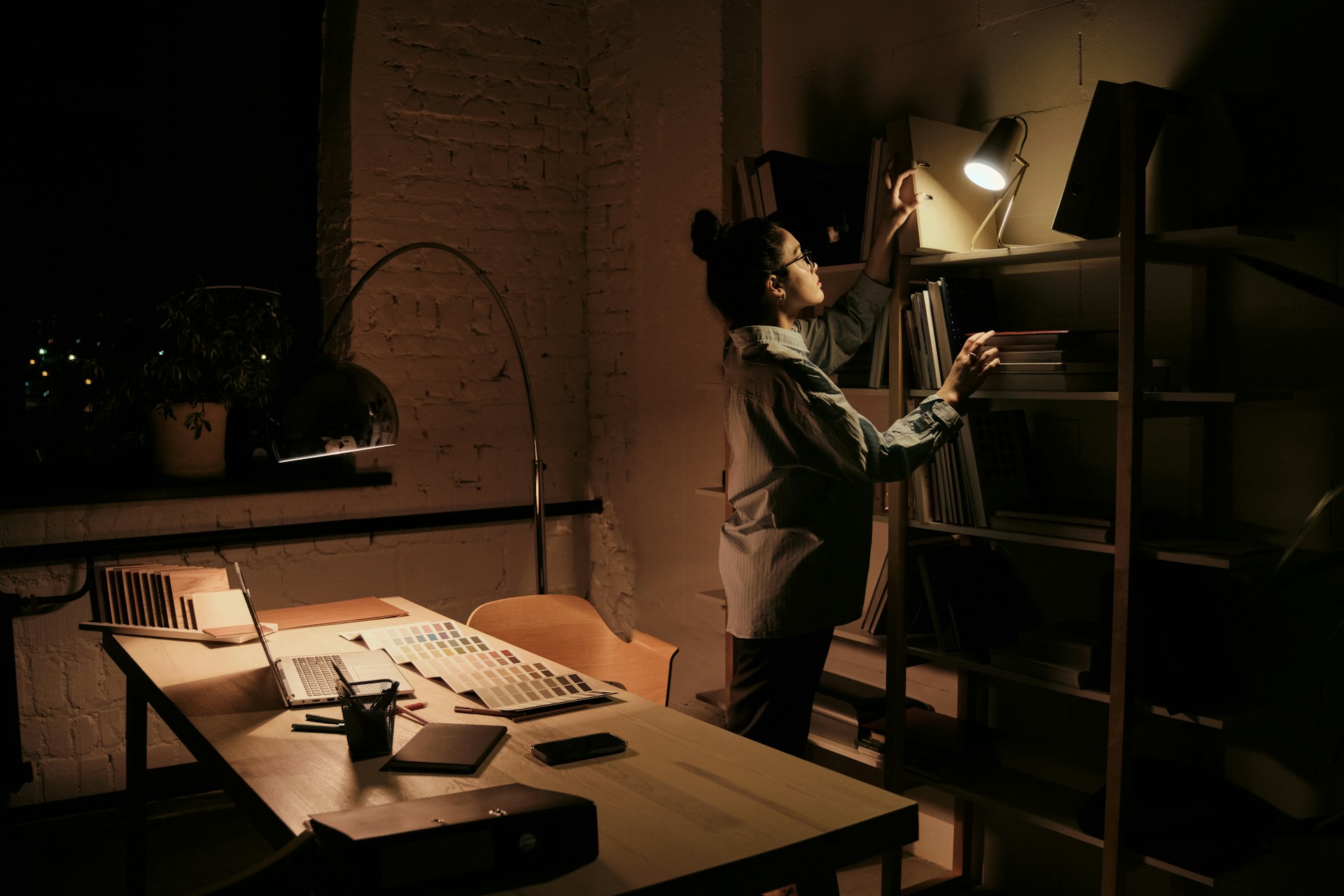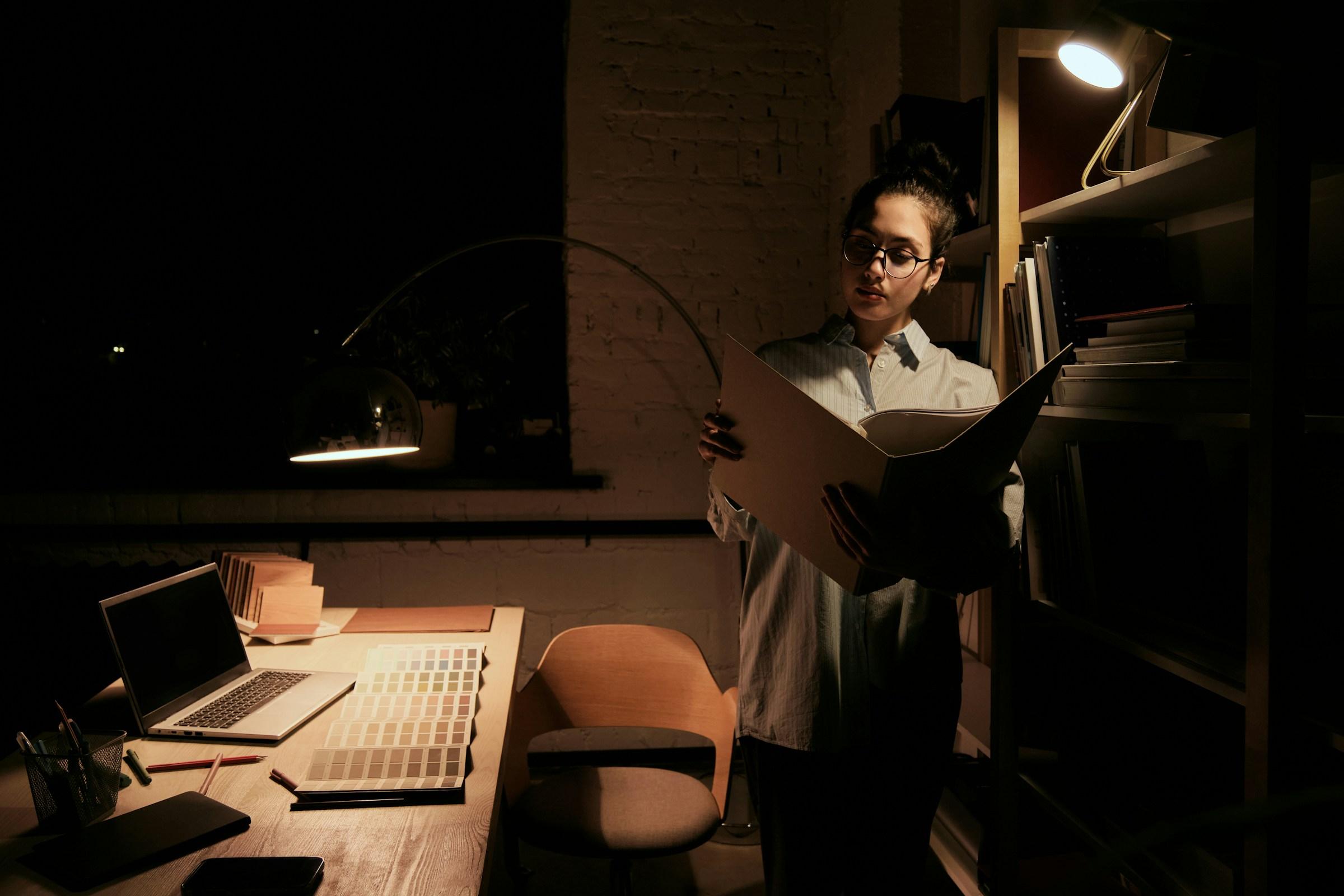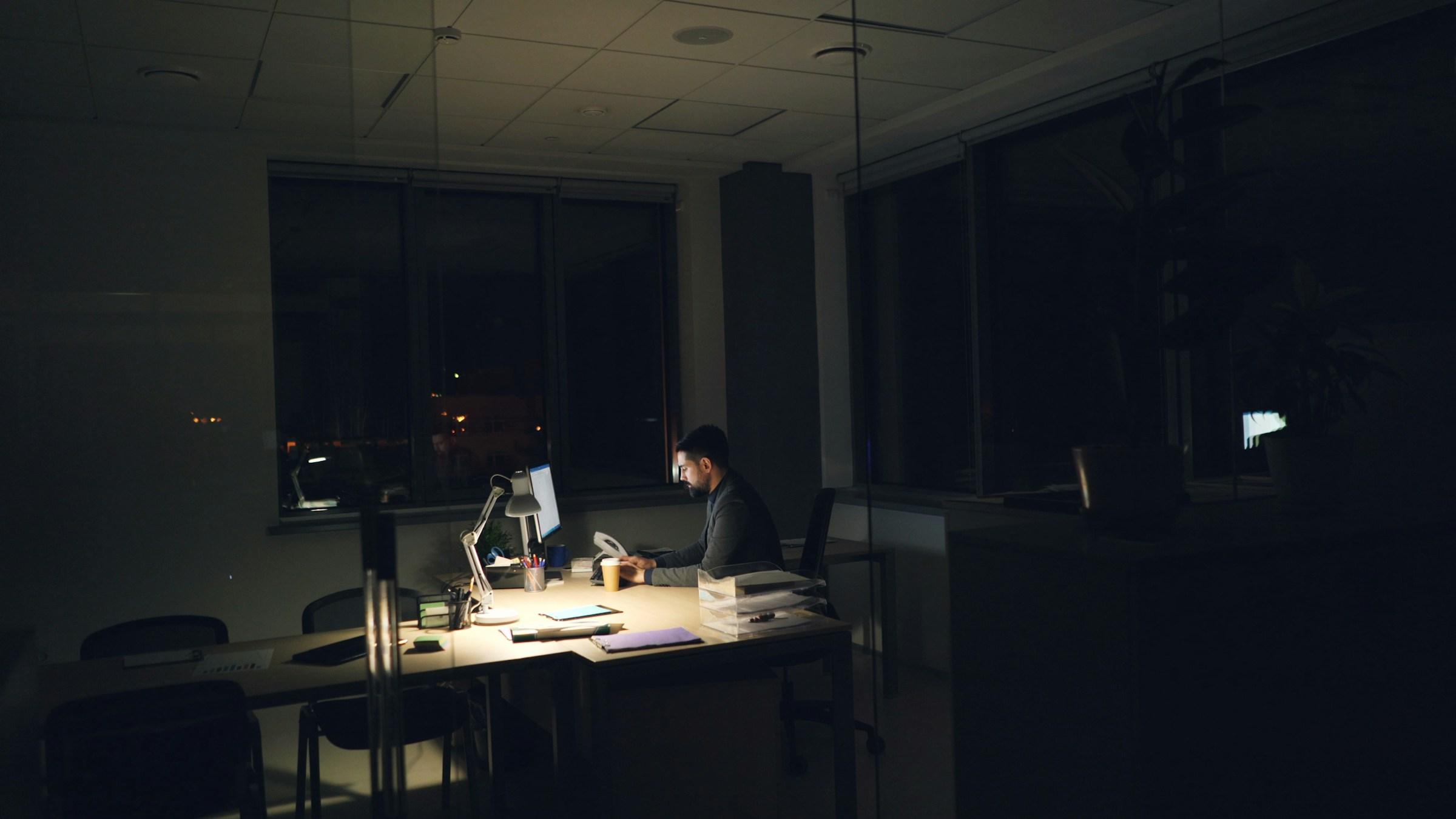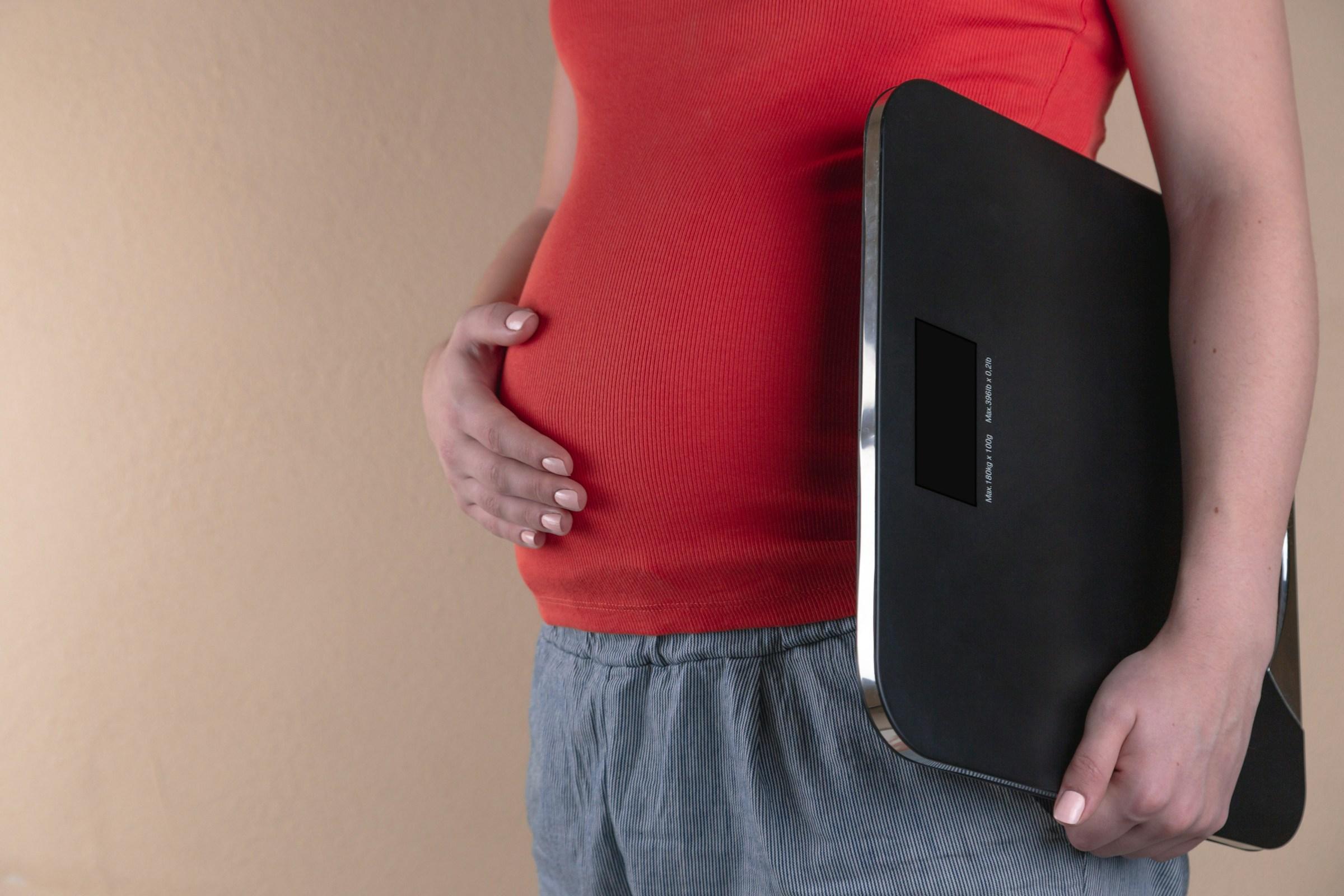A quiet room can feel like a refuge. The air is still, the street is soft, the glow of the screen sits like a small island in a dark sea. It feels private and focused, a little studio that exists outside of time. Many of us have worked like this for months or years, especially at home, convinced that darkness keeps distractions away. The truth is more complicated. Working in the dark carries a quiet cost that the body pays first and the mind pays later. The harm rarely announces itself in dramatic ways. It accumulates in squints and sighs, in a neck that drifts forward to meet the light, in a mood that sinks without a clear reason. An essay about light is also an essay about attention, because how we light our rooms shapes what our bodies must do in order to think.
Light does more than let us see. It sets the clock inside our brain. Morning light nudges cortisol up and melatonin down so that we feel alert and ready to move. Daylight across the afternoon keeps that alertness steady. When a room stays dim during the day, the signals confuse the system. The brain reads a mixed message. The task on the screen says work, but the darkness says wind down. A person can still finish the work, of course, but often with a narrow band of energy, a shorter temper, and a foggier sense of time. This is why hours pass strangely in a dark room. Without the changes in ambient light that usually break up a day, the hours flatten into one long stretch. The body misses natural cues to pause, drink water, or rest the eyes. The absence of those small resets adds up by evening, when shoulders feel heavier than the workload can explain.
The eyes speak up first. A bright screen in a dark room creates a harsh contrast that asks the pupils to work like shutters. They tighten when the gaze lands on the panel, then relax when the gaze lifts into the room, then tighten again. The toggling is tiny but constant. It produces fatigue and a dull ache around the temples. Because we blink less when we stare at a glowing rectangle, dryness arrives sooner, especially in air conditioned spaces. Many people try to solve this by lowering screen brightness to the minimum. That can help a little at night, but during the day the better fix is to raise the room to a soft, even level so that the eyes do not fight a bright rectangle in a dark field. When the wall behind the monitor is visible, and the desk surface reflects a gentle glow, the eyes relax. Words feel sharper not because the screen is stronger, but because the surrounding scene stops pulling focus.
Mood follows light just as closely. Darkness used during daylight hours does not feel like the warm dimness that we associate with evening comfort. It often feels like a pressure that builds at the edge of awareness. A simple lamp placed behind the monitor can change that mood almost immediately. The lamp does not need to be bright. It needs to make the corners visible and turn the room from an empty void into a place again. When a room reads as a place rather than a black box, the nervous system softens. The jaw unlocks. People feel mysteriously calmer and more capable, and it rarely occurs to them that the calm comes from nothing more than a little context for the eyes.
Posture is another quiet casualty. The body leans toward light. If the only clear object in the room is the screen, the head creeps forward to meet it, and the shoulders round to follow the head. Over weeks and months this becomes a loop. Forward head posture strains the upper back and neck. That strain invites more leaning, because the eyes want to get closer in order to see better, and the cycle repeats. The surprising truth is that lighting changes often do more for posture than a new chair. When the desk and the wall behind it are softly lit, the eyes stop chasing the screen and the head returns to the spine without conscious effort. This is not a trick. It is simple biology. The body wants to orient in a space it can read without fear of tripping over unseen edges.
Some people keep the lights off to save energy. The intention is kind. The result can be the opposite. A dark room usually demands a brighter screen, which can lead to longer sessions because the brain tires faster and makes more small errors that require fixing. A compact task lamp with an efficient bulb uses very little power, lowers the need for a glaring panel, and helps work finish sooner. Sustainability is not only a matter of watts. It is also a matter of friction. When the right light lowers friction, work takes less time, and total energy falls along with stress.
There is a design story here, and it begins with layers. Many homes rely on a single strong source above the head. The ceiling light washes the room but asks the eyes to accept glare and shadow at the same time. An office needs layers instead. A soft base light that gives the room shape. A task light that kisses the keyboard or notebook. A gentle glow that grazes the wall and turns it into a backdrop rather than a black plane. When the layers exist, no single light has to do everything. The result is a space that feels bright enough without feeling hard, and it is often achieved with lower total light than a single overhead fixture.
Night work brings its own debate. Many people work after dinner because life leaves no other choice. Darkness feels polite in a sleeping household. It lets the rest of the home remain quiet. The body still pays a cost when the screen is the only source. The middle path is to keep the home dim but not black. A shaded lamp behind the chair or on a far table can create a halo of light that leaves most of the room restful while giving the eyes context. If the beam of a task lamp is aimed down toward the hands rather than up into the room, the effect is private and calm without the usual strain.
Creativity has a myth attached to it that favors the dark. For some people, a dim space does feel like a cocoon that makes ideas bloom. For many others, the feeling fades after an hour and turns into restlessness and fatigue. Creativity loves contrast, but it prefers contrast in texture and material rather than in raw brightness. A matte wall behind the monitor, a cork mat on a pale desk, a linen curtain that softens daylight without killing it, a small lamp that warms the edge of vision. These details create a sense of enclosure without forcing the eyes to choose between glare and blackness. The mind still gets its studio. The body stays willing to help.
Color temperature matters more than most of us expect. Cool, blue leaning light late at night can trick the brain into wakefulness when it should wind down. A room that stays warm and amber through the entire day can invite sleepiness in the afternoon. The practical aim is simple. Use a neutral base during daylight hours and a warmer base in the evening. The numbers on a box do not matter as much as the feeling in the room. If the space feels like a bright cafe at ten in the morning, the balance is close for daytime work. If it feels like a reading nook after dinner, the balance is close for evening tasks. The body recognizes those scenes quickly and rewards them with steady attention.
Windows are not only for views. They are instruments in the lighting plan. If the only window sits behind the screen, the pupils chase between sky brightness and panel glow. A window at the side is kinder to the eyes. Even a small movement of the desk can treat harsh reflection or a blinding patch of sun. Sheer curtains turn a sharp beam into an even wash. Plants near the frame absorb a slice of brightness while giving the gaze a soft green to rest on. These are small acts that protect focus without any doctrine behind them.
Software tools are helpful but not foundational. Dark mode, blue light filters, inverted themes, and scheduled night shifts all have a place, especially late in the evening when a screen would otherwise flood the room with cool light. They cannot replace the need for a room that the eyes can read without effort. When the edges of the desk are visible, when the paper texture is easy to see, when the wall behind the monitor glows softly, the brain lets go of a subtle guard. That release becomes the very mental space that people often seek by turning off the lights in the first place.
Shared homes complicate the picture. Someone is studying, someone is sleeping, someone is on a call across the hall. It can feel selfish to turn on a lamp. The solution is not to flood the home. The solution is placement and shielding. Shades that hide the source from view. Narrow beams that do their work on the desk and nowhere else. Small dimmers that let a lamp sit at thirty percent so that the room reads as calm while the hands have what they need. Good manners and good ergonomics can live in the same pool of light.
Another gentle fix is to plan the tasks with daylight in mind. If the apartment faces east and mornings feel bright, set visual work for those hours. If afternoons pour with western sun, glide the detailed work later and place calls or planning in the morning. This does not demand a strict schedule. It asks for cooperation with the shape of the day that the windows already give you. Work feels less like a fight when the room helps rather than hinders.
Materials play a role that we feel more than notice. Dark glossy desks look elegant in photos but turn into mirrors at night. A matte surface swallows excess glare and replaces it with calm. A light desk pad can raise perceived brightness without turning on any bulb. A pale wall in front of the monitor can bounce the smallest lamp into a soft field. The eye reads that field as safety. The shoulders respond by lowering a fraction of an inch. Over time that fraction matters.
The negative effects of working in the dark are not limited to eyes and posture. They reach into productivity. A tired gaze reads more slowly. A tight neck lowers patience. The vague heaviness that comes from a day spent in dimness reduces appetite for creative risk. People begin to avoid the very tasks that would have satisfied them because those tasks now feel strangely costly. None of this arrives with fanfare. It arrives as a steady thinning of enthusiasm. The cure is not dramatic either. It begins with one lamp, one shift of the desk, one sheer panel that turns hard sun into a friendly wash. The cumulative repair can feel like a return of color to a faded photograph.
There is a final reason to bring gentle light back to the desk. It turns the screen into a tool again rather than the only star on the stage. When the room has its own quiet presence, the display no longer shouts. Your attention can return to the work itself rather than to the glow that delivers it. You will notice that you blink more often. You will notice that the page looks crisp and the keyboard feels even under the fingers. You will also notice that you stand up more often because the room invites you to move rather than pinning you in place with a bright rectangle surrounded by black.
Work will always ask for effort. Good light does not erase effort. It makes the effort fit the body better. A home that fits the body becomes a home that gives energy back rather than taking it away. So switch on the small lamp. Lift the base light to a gentle level. Let daylight do what it does best whenever it is available. Aim for a room that you can see without strain and that you can leave without a headache. Treat light as a friend to attention and not as a luxury to be used rarely. The difference will surface in your eyes, in your shoulders, in the shape of your evenings, and in the quality of the work that fills your days.














